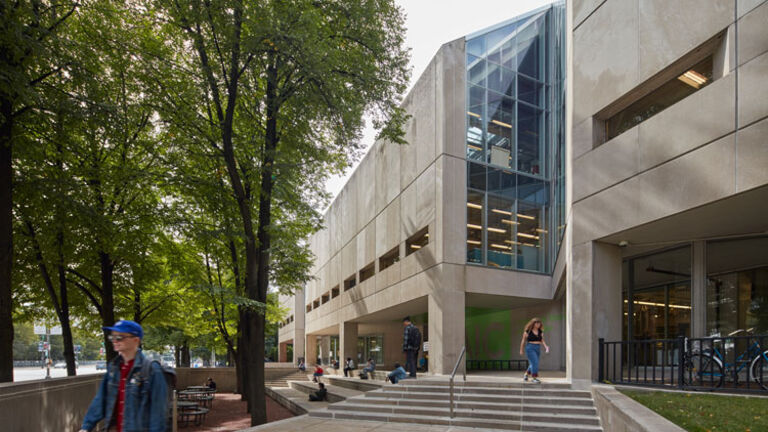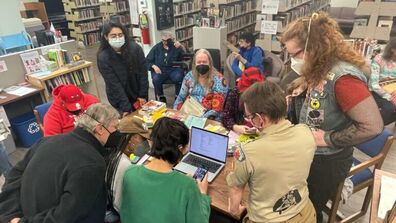
From LEDs to Bees: SAIC Achieves Carbon Neutrality and Advances Sustainability Efforts
From LEDs to bees and renewable energy in between, for the past 10 years the School of the Art Institute of Chicago (SAIC) has been busy becoming a sustainable and resilient campus. SAIC joined the Second Nature Climate Leadership Commitment in 2008 and in its first 10 years, the School reduced its carbon footprint by 57 percent. As of January 1, 2020, the School achieved carbon neutrality through continued operational changes, renewable energy credits, and carbon offsets.
The Second Nature Climate Leadership Commitment, which brings together more than 650 colleges and universities, integrates carbon neutrality with climate resilience and provides a systems approach to mitigating and adapting to a changing climate.
SAIC has made significant upgrades on campus to conserve energy, including by updating building automation systems and equipment and replacing lighting with energy efficient LEDs and occupancy sensors. “Essentially, you’re tuning your environment to only use the energy it needs to use while you’re there, and not wasting it,” says Tom Buechele (BFA 1989, MFA 2017), vice president of campus operations for Instructional Resources and Facilities Management (IRFM).
In 2017, the School signed on to another component of its commitment to sustainability: resiliency, which means the institution and its surroundings can withstand environmental changes that occur. To impact the quality of its environment and invest in resiliency, the School began hosting two beehives on the rooftop of the Lakeview Building in June in collaboration with Alvéole, a social beekeeping company. Bees are vital to our ecosystems and biodiversity, and urban beehives benefit not only the city’s inhabitants but also the bees, which are more resilient in an environment that provides them with a variety of plants and flowers. At the end of the season, the honey was harvested and is being distributed in campus cafés for the community to enjoy.
Another important element of resiliency includes education and involvement which SAIC does through efforts like the Bike to Work Challenge, an opportunity for staff and faculty to raise awareness of the environmental and health benefits of commuting by bike, and Unplugged, a campus-wide competition that challenges students, faculty, and staff to reduce their energy in academic buildings and residence halls.
In addition to these initiatives, SAIC invested in renewable energy credits to promote emissions-free electricity by offsetting all campus-wide electricity use, furthering the School’s goal to meet the City of Chicago’s Renewable Energy Challenge Program of which it is a founding member. The renewable energy credits are essentially a guarantee that renewable energy is being produced somewhere and allow the institution purchasing them to take credit for that generation of clean energy, explains Buechele.
Located in a dense downtown area it is difficult for the School to reduce all of its emissions on site. However, it supports projects that reduce greenhouse gas emissions elsewhere. SAIC has reached carbon neutrality by purchasing carbon offsets from wind farm projects. Purchasing offsets supports the renewable energy economy, allowing companies to produce affordable energy that is emissions free, explains David Vasquez, IRFM sustainability coordinator.
SAIC will continue to look for ways to reduce emissions on site as conservation is still a key component of the School’s sustainability initiatives. One part of the School’s future conservation strategy includes reducing plastic consumption and finding alternative methods for materials, and the other key element is to increase composting by partnering with a commercial composter, explains Buechele.
SAIC’s progress has been and continues to be a cumulative and collective effort. “The ability to be carbon-neutral wouldn’t be achievable at the same scale it is today if we hadn’t done anything 10 years ago and there’s much more to do if we’re going to have a resilient, sustainable campus,” says Buechele.
